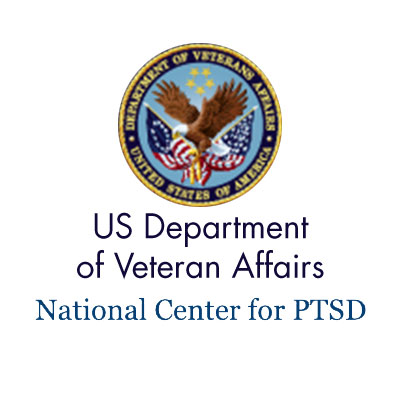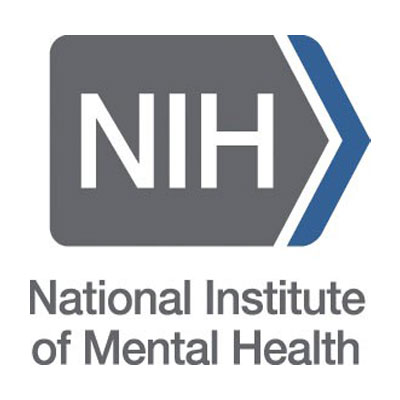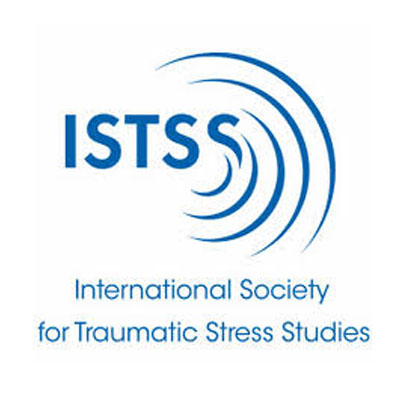
Posttraumatic Stress Disorder (PTSD)
What Is PTSD?
The events of our lives write themselves on our minds and bodies, and terrifying traumatic events leave a deep impression. And for good reason—we’re built to see and avoid danger, so horrific events are etched into our memories.
At some point most of us will experience a dangerous, even life-threatening, event, or will witness something awful happen to someone else. It could be an assault, car accident, fire, medical emergency, combat, abuse, or seeing someone be seriously injured or killed. For others it will be learning that something terrible happened to someone they love.
No matter what the event is, nearly everyone will experience a set of reactions in the immediate aftermath. For example, we may feel afraid, think about the event over and over, avoid certain situations and people, and be constantly on guard. (See this article for a fuller description of common reactions to trauma.)
Over time these symptoms will gradually fade for a lot of people. However, a significant percentage of trauma survivors will continue to experience major symptoms for weeks, months, even years. When posttraumatic struggles aren’t getting better, it may be time to seek professional help.
What Is Cognitive-Behavioral Therapy (CBT) for PTSD?
The following information is based primarily on exposure therapy for PTSD, developed by Dr. Edna Foa and her colleagues.
Two important shifts after a trauma are believed to maintain PTSD symptoms:
First, we tend to avoid things related to the trauma. We try to avoid thinking of the trauma memory, pushing it as far from our minds as possible. Of course we want to avoid thinking about it—the trauma was probably one of the worst moments of our lives, and who wants to relive that? Unfortunately efforts to get rid of the memory tend to make it keep coming back, and don’t give us the relief we need.
We’ll also tend to avoid things in the world that we associate with the trauma. If we were in a car accident, we might avoid driving. If we were assaulted, we might avoid places that remind us of the assault or that feel unsafe, even though they’re actually not that dangerous.
Both these forms of avoidance keep the PTSD alive. Avoiding the trauma memory can reinforce the idea that we’re “not strong enough” to face it, or that we’ll “fall apart” by revisiting the memory. Avoiding activities, places, or people related to the trauma keeps us feeling like the world is always a very threatening place, since we have limited experiences to disconfirm that belief.
The second factor that keeps PTSD alive is beliefs about ourselves and the world. We might think we’re weak because of what happened to us (we’re not), or that the world is always as dangerous as it was at the time of our trauma (thankfully it isn’t), or that we’re to blame for what happened (no). While it’s really easy for me to say these things aren’t true, it’s much harder when we’re living it.
Our lives can get really shut down with chronic PTSD. We may have stopped doing a lot of things that brought us enjoyment and a sense of purpose, and may be very limited in where we go. Our thoughts and behaviors are working against us in a vicious circle.
CBT for PTSD usually starts with some education about trauma, including the common reactions. One of the first sessions will also include some practice in using the breath to calm the nervous system, which is on high alert with PTSD.
Later sessions will help you start to plan activities to do that will help you get back to living. Some of these activities will almost certainly feel uncomfortable at first, and over time you’ll start to feel more at ease doing them. You’ll start with easier activities and move up gradually to more challenging ones. You and your therapist will decide together which activities you’ll practice each week.
You’ll also work with your therapist to discuss the trauma memory in a specific way that will help you to process the emotions surrounding it. By revisiting the memory in a supportive setting, you’ll get more comfortable with the memory. Obviously it will never be a pleasant memory, but you’ll no longer be haunted by it.
Finally, you and your therapist will take a close look together at some of the beliefs you have related to your trauma experience. Over time the problematic trauma-related beliefs (like “I’m incompetent”) will improve. These changes in your beliefs will be an important part of your recovery.
Additional Resources
National Center for PTSD
Hosted by the US Department of Veterans Affairs, the National Center for PTSD includes many resources for the public and for professionals. For example, they describe the different types of trauma, what PTSD is, and what types of treatment are available. Their treatment page includes a section on self-help for PTSD.
PTSD Information from NIMH
Institute for Mental Health provides information on what PTSD is, what the risk factors are, and what kinds of treatment are available. They also feature a section on self-care for those with PTSD, plus how to find a clinical trial on PTSD treatment that you might be eligible for.
International Society for Traumatic Stress Studies (ISTSS)
The ISTSS is the leading professional organization that focuses on trauma and its treatment. Their website has information on how trauma-related issues are assessed; how to treat PTSD, including their treatment guidelines; education and research on PTSD; and resources for the public.
21 Common Reactions to Trauma
Having been through traumas myself, I found it very helpful knowing how my body and mind were likely to react in the days and weeks that followed. I wanted to make this information available for others, and so wrote about it for my ThinkActBe blog on PsychologyToday.com.




